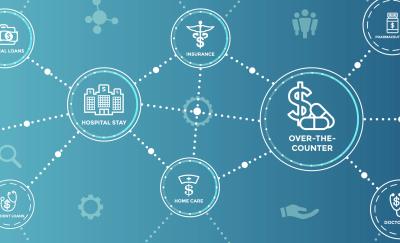This brief provides a portrait of samples in nine promising career pathways programs in the random assignment Pathways for Advancing Careers and Education (PACE) evaluation. Reflecting different logic models and policy environments, the nine samples show significant differences on a series of baseline educational, economic, demographic, and psycho-social factors. The paper analyzes the relationship between these factors and college enrollment and persistence 18 months later for a pooled sub-sample of 3,719 adults in the evaluation’s randomly assigned control group. This group’s experiences illuminate risk factors in the absence of program services and thereby help to assess service needs. The findings show strong relationships between college success and past educational experiences, economic status, and expected work hours. Initial psycho-social attributes such as stress, academic discipline, and commitment to training also predict college outcomes, albeit less consistently. The paper describes services the nine PACE programs provide to address the diverse influences facing their participants.
More information on career pathways and the PACE evaluation can be found here on the PACE project website.




